When it comes to Solanaceae plants, we often think of dishes like the three fresh ingredients from the Solanaceae family (di san xian), goji berries in thermos cups, and the (壁咚) bittersweet nightshade in flowerbeds… However, when facing this renowned family in the culinary and horticultural worlds, one must remain vigilant and control one’s hands and mouth. After all, Solanaceae plants are famously known for producing toxins.
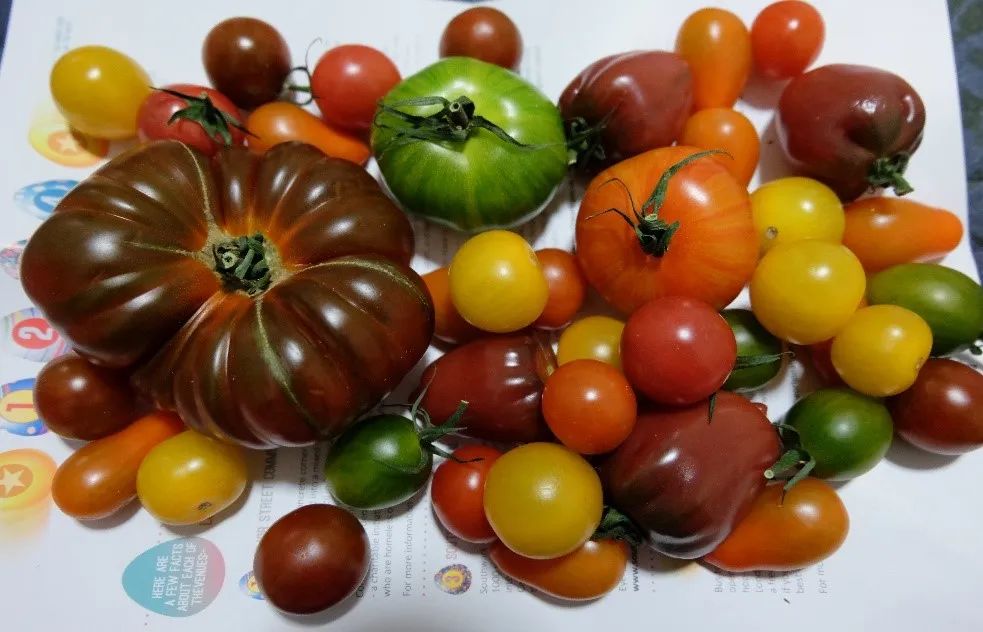
Among the delicious Solanaceae plants, how can we forget the sweet and juicy tomato? | Jiangnan Dieyi
Whether it’s the deadly nightshade known as “devil’s herb,” the plant rumored to be a “witch’s messenger” (天仙子), or the mandrake used by ancient people to concoct soporifics, they are all highly toxic Solanaceae killers. Today, we will introduce Mandrake (Mandragora autumnalis), which is no less notorious than the aforementioned poisonous plants.
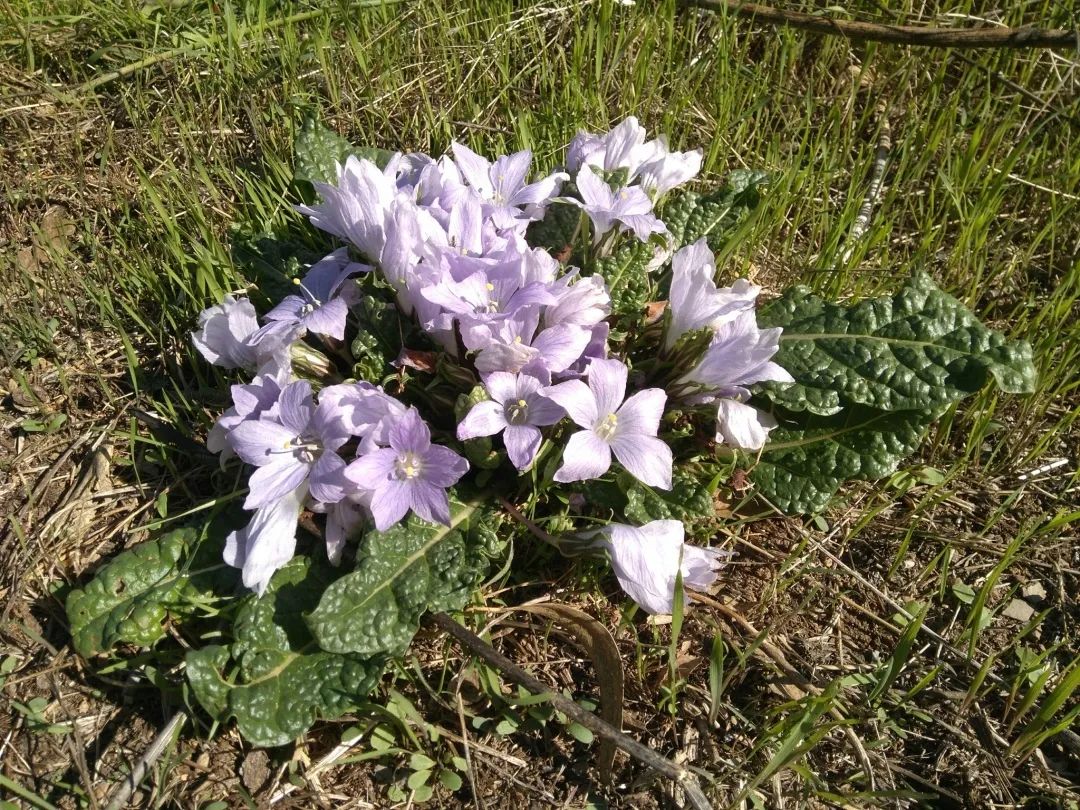
The famous Solanaceae killer, the old poison Mandrake | juanantoniosan / inaturalist
For most people, the name Mandrake may be unfamiliar. However, its English name, Mandrake, might ring a bell for those who have seen the Harry Potter series. It is indeed the “Mandrake” that emits a deadly scream when pulled in J.K. Rowling’s narrative.

In Harry Potter, the Mandrake is depicted as an ugly humanoid plant that bites and screams | Harry Potter series

A magical plant from the Mediterranean
Mandrake is a perennial herb of the Solanaceae family, and the “Mandrake” we are familiar with refers to the plants in this genus (Mandragora). Due to the fleshy roots of Mandragora resembling human shapes and their notorious toxicity, they frequently appeared in medieval European witchcraft rituals. The magical Mandrake also holds a significant place in European folklore and literary works.
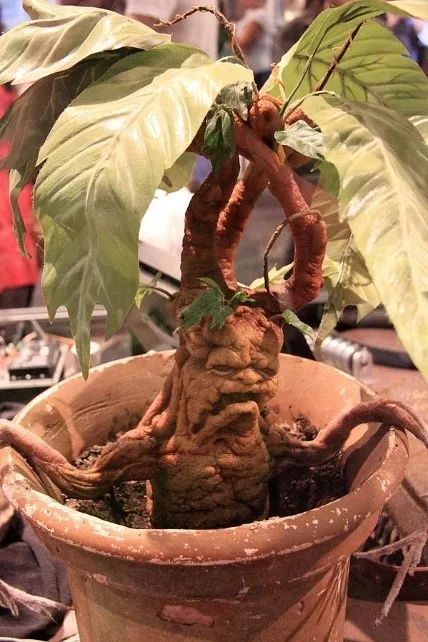
Props of the Mandrake in the Harry Potter series | Karen Roe / Wikimedia
In Harry Potter and the Chamber of Secrets, the Mandrake is portrayed as a magical plant resembling a baby. During my winter visit to Kew Gardens in 2018, I encountered a flowering Mandrake. It looked neither like a tomato nor a ginseng, but rather like a lump of “big cabbage” lying on the ground, with a few wrinkled, pitiful little purple flowers awkwardly squeezed out in the middle, quite different from my imagined Mandrake.

Seeing the cabbage-like Mandrake at Kew Gardens, I felt a wave of childhood nostalgia | Yu Tianyi
Until the following spring, I saw the Mandrake again at the Oxford University Botanic Garden, and this encounter greatly changed my impression of the Mandragora. Next to a half-dead plant stood a sign named “Screaming Mandrake.” After reading the introduction, I suddenly realized that the true appearance of the Mandrake is: the above-ground part bears yellow-green fruits resembling tomatoes, while the underground part grows fleshy roots resembling ginseng. In this light, the Chinese name for the Mandragora is indeed quite fitting.
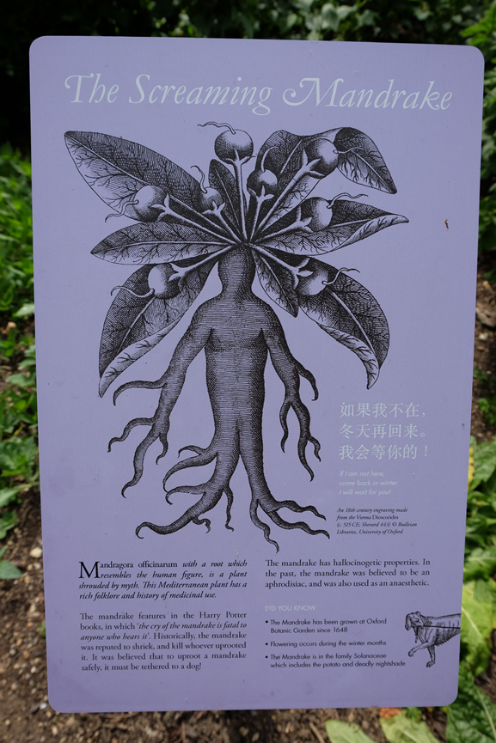
The humanoid figure on the sign is a carving preserved in the Bodleian Library at Oxford University, showcasing the full form of the Mandrake | Jiangnan Dieyi
Leaving in summer, returning in winter. Why is the growth cycle of Mandrake so unique? This is due to its native home in the Mediterranean region, characterized by dry summers and warm, humid winters, which leads many local plants to develop tubers or bulbs. Plants in the Mediterranean typically grow leaves, flower, and bear fruit from autumn to spring of the following year. As summer heat sets in, the above-ground parts gradually wither, while the underground parts enter dormancy during summer. This explains why Mandrake flowers in autumn and winter, bears fruit in spring, and disappears in summer.
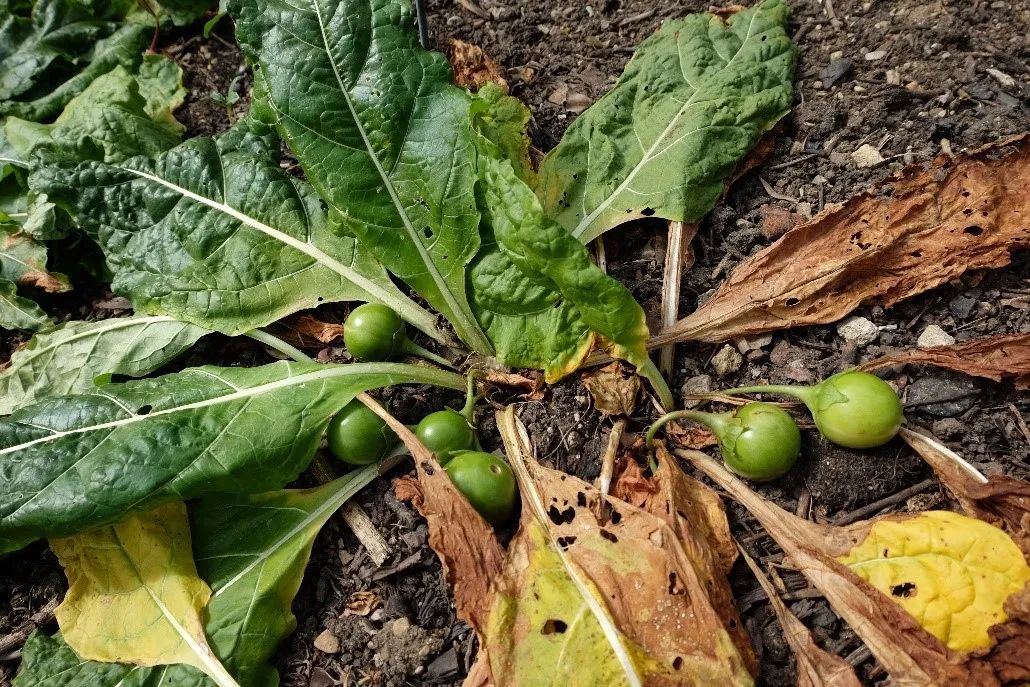
Since 1648, the legendary Mandrake has been cultivated in the Oxford University Botanic Garden. The fruit in the picture is about to ripen, and the plant will soon enter dormancy | Jiangnan Dieyi

How to safely extract Mandrake
“The Mandrake’s scream pierces the sky, driving all the living mad.” Shakespeare, through Juliet, presents the terrifying image of the Mandrake.
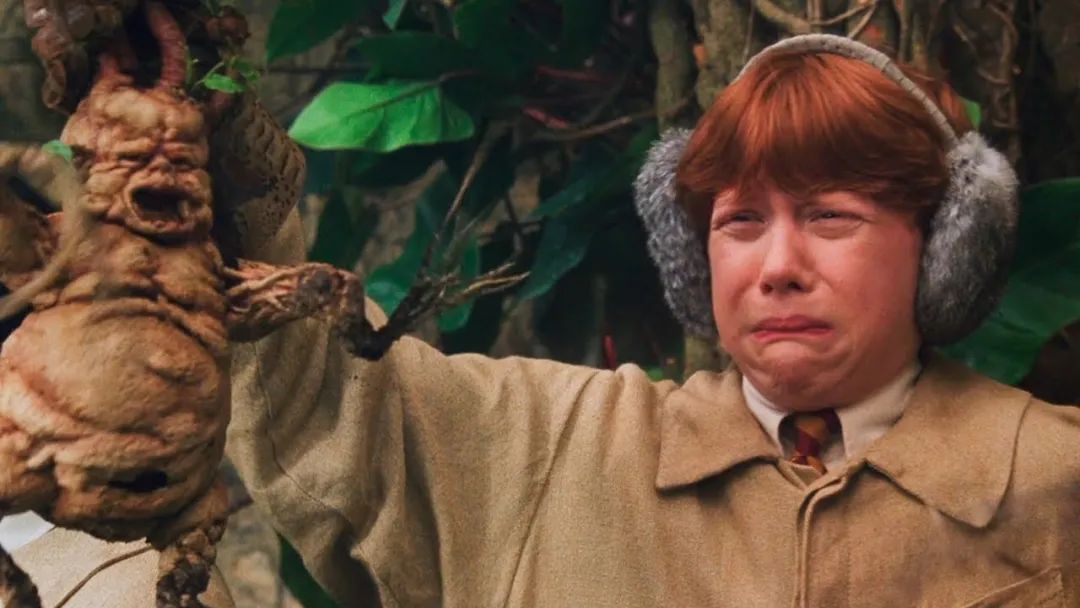
When repotting a Mandrake, remember to wear earplugs | Harry Potter series
In Western legends, the Mandrake is a terrifying plant that grows near gallows, sprouting from the blood and bodily fluids of executed prisoners. Its thick, fleshy roots resemble human shapes, leading people to believe it is a sentient being. If one forcibly pulls it from the ground, it emits a sharp, piercing scream, which can drive the collector insane or even kill them. Thus, collecting Mandrake requires a mysterious and solemn ritual.
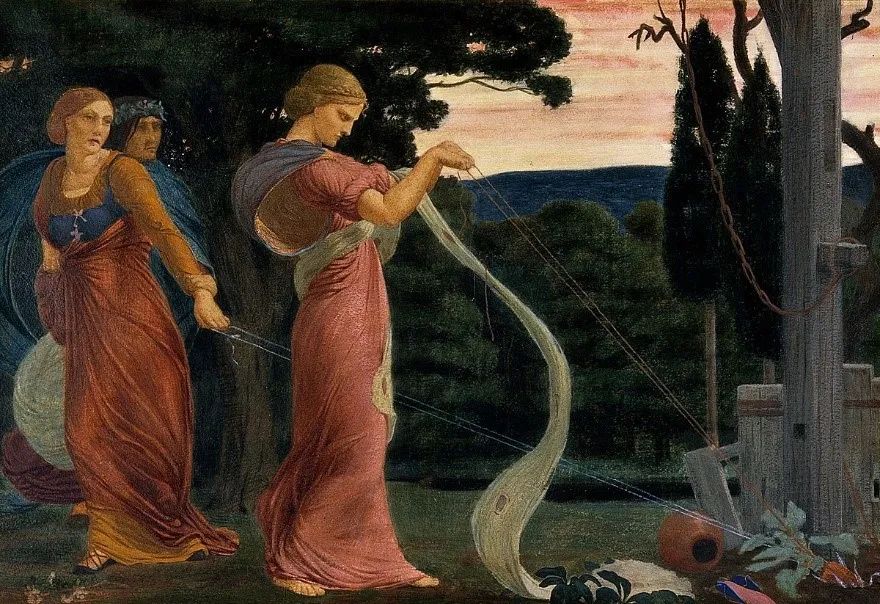
The three witches in the image use a pulley to extract the Mandrake from the soil beneath the gallows | Robert Bateman / wikiart
So, how can one safely obtain Mandrake? It is said that before collecting Mandrake, one must prepare a hunting horn, a hungry dog, a long rope, and a piece of meat. The ritual begins with the collector plugging their ears with wax or mud, chanting incantations while securing the Mandrake and the hungry dog with the rope. After retreating to a safe distance, the collector throws the meat in the opposite direction to attract the hungry dog. As the dog lunges for the meat, the Mandrake is pulled from the ground. At this moment, the collector must blow the hunting horn loudly to drown out the Mandrake’s deadly scream. The dog, hearing the scream, collapses dead, while the collector successfully obtains a complete Mandrake.
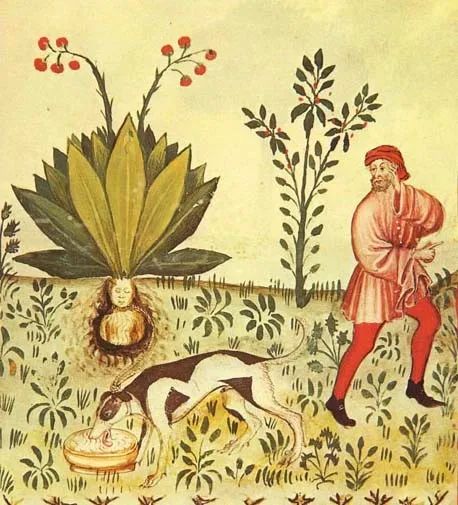
Scene depicting the collection of Mandrake in the Tacuinum Sanitatis | Wikimedia
After hearing the story of collecting Mandrake, you might question the truth of the legend. In reality, Mandrake does not emit a deadly scream; this is likely a fabrication by merchants selling Mandrake to prevent others from harvesting it indiscriminately. In the real world, pulling a Mandrake root may not be much different from pulling a carrot (though pulling Mandragora without gloves may lead to poisoning). It is important to note that wild plants should not be overharvested. Additionally, if you encounter Solanaceae plants in the wild, it’s best to curb your curiosity. After all, Solanaceae plants contain rich alkaloids, and even the tomatoes and potatoes on our dining tables can be harmful if consumed improperly due to the solanine they contain.
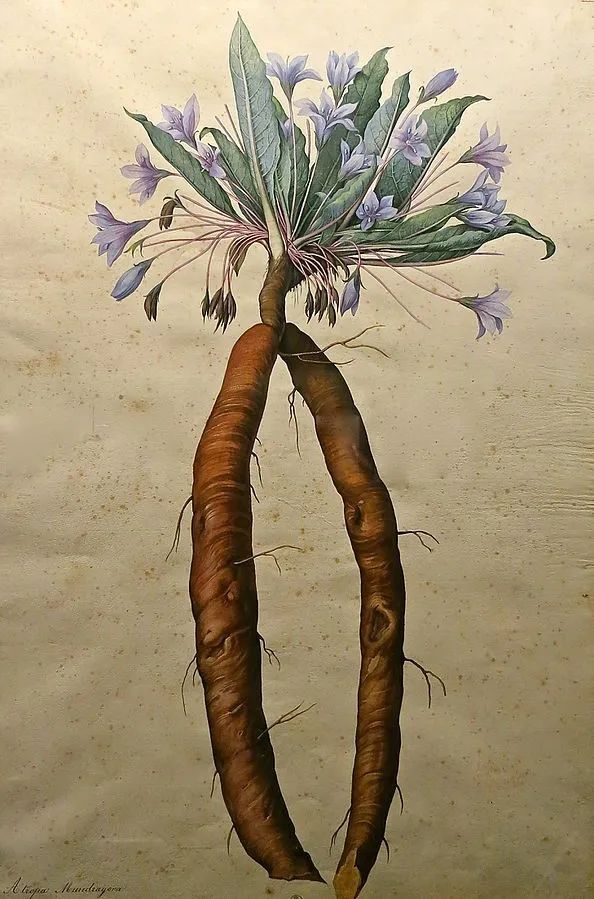
Scientific illustration of Mandrake | Anelhj / Wikimedia

Those peculiar humanoid plants
From ancient pharmacopoeias three thousand years ago to medieval Europe, from the “toxic Mandrake” in the Bible to the “Apple of the Devil” in Arabic lore, the magical and toxic Mandrake has always been revered by Westerners and favored by witches. The ability to grow in human form has endowed Mandrake with a mysterious and magical aura.
Due to the human-like shape of its fleshy roots, in the eyes of ancient Greeks, Egyptians, and Jews, Mandrake was seen as having male and female forms. They referred to them as Mandrake and Womandrake based on the bifurcation of the root. In medieval Europe, Mandrake was believed to possess powerful magical properties, and a complete Mandrake could fetch a high price. The human-like Mandrake was even more expensive. Some unscrupulous merchants would artificially carve and process them into male and female forms to sell at inflated prices.
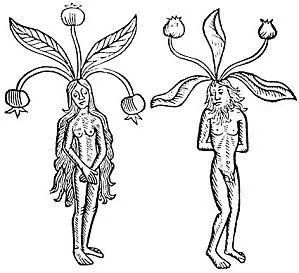
Female and male Mandrakes | Rutgers University
In fact, plants that can grow in human form are not limited to Mandrake; we are also familiar with ginseng and He Shou Wu. “Some say that the root of He Shou Wu resembles a human form, and consuming it can lead to immortality.” Lu Xun’s description of “human-shaped He Shou Wu” in From the Hundred Herb Garden to the Three Flavor Study evokes endless imagination. However, the “thousand-year He Shou Wu” frequently seen on the market is either falsely processed from palm hearts or banana roots, or cultivated in molds. This trick is akin to the carving of male and female Mandrakes, exploiting deception for profit.
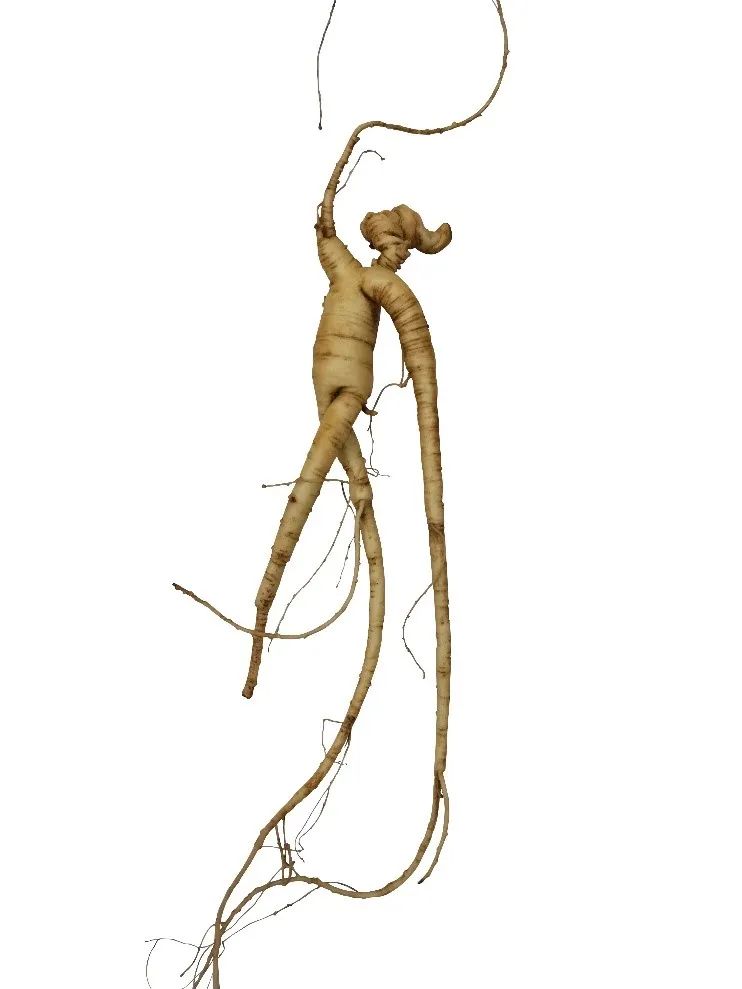
Ginseng resembling a dancer (Panax ginseng) | Canglang Caotang
Moreover, the long-growing toxic plant, Euphorbia, also has the potential to take on human-like forms. The I Ching states, “Xianluo Guai Guai,” and Ming dynasty scholar Xie Zhaozhi explained that “Xianluo” refers to Euphorbia. He believed that Euphorbia grows in places where there are dead bodies, hence its roots often take on human shapes. At midnight, one could offer fried owls as sacrifices to attract ghostly fires. At this time, if one digs up the Euphorbia roots and carves them into human forms, they would be able to speak after seven days. With toxins that can speak, and a bizarre harvesting method, could this be a Chinese version of the Mandrake?
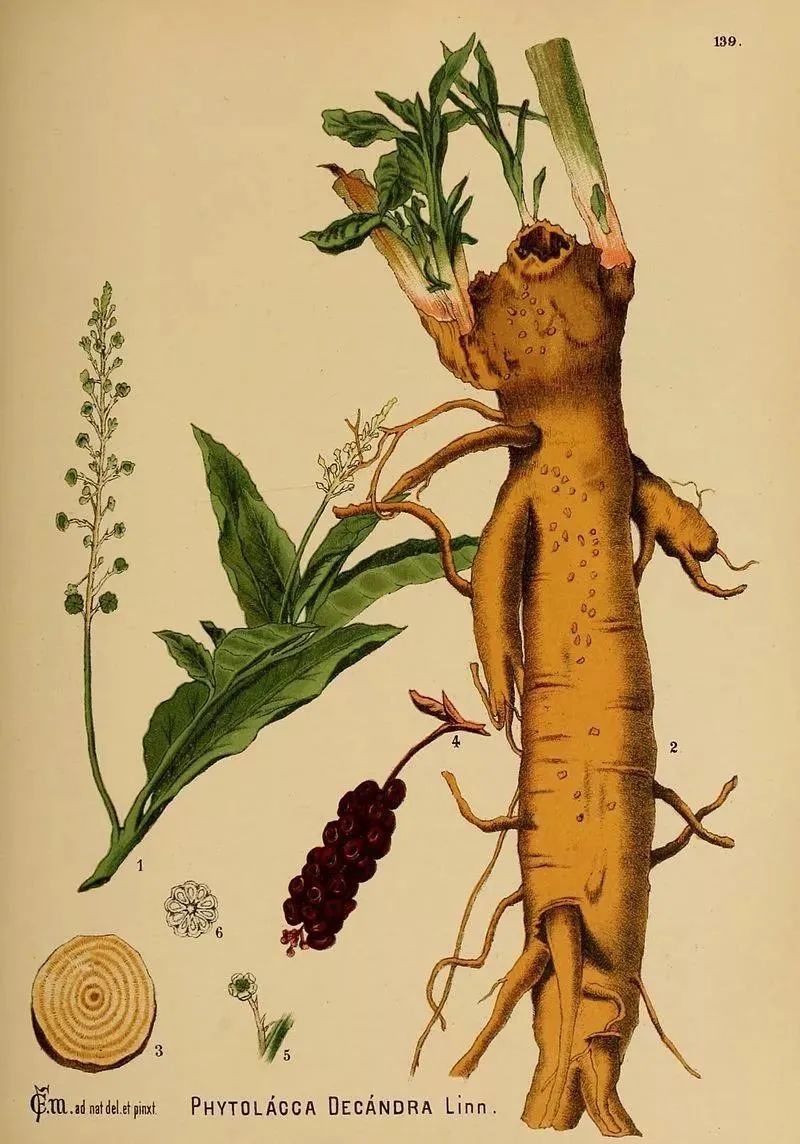
Scientific illustration of Euphorbia, with its bulbous roots resembling human forms | Biodiversity Heritage Library / Flickr

Reviewing the toxic plants of the Solanaceae family
In addition to the Mandrake (M. autumnalis) we introduced, the members of the Mandragora genus include the European Mandrake (M. officinarum), the Turkmen Mandrake (M. turcomanica), and the Himalayan Mandrake (M. caulescens). It is well known that Solanaceae plants originated in South America, but the Mandragora genus is one of the few that is exclusively found in the Eurasian continent. Recent studies suggest that the Mandragora genus originated from an independent dispersal event from the New World to the Eurasian continent.
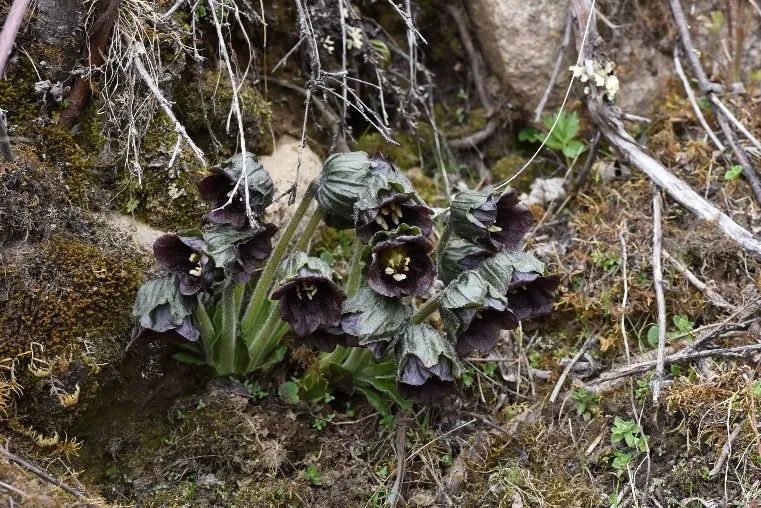
Mandragora found in regions such as Sichuan, Yunnan, and Tibet in China, grows at high altitudes, with purple corollas | Xu Yechun
The type species of the Mandragora genus, European Mandrake, commonly known as “toxic Mandrake,” is translated as wind Mandrake in the Bible. Its Latin name Mandragora officinarum comes from ancient Greek, meaning “the love potion of men.” Additionally, Aristotle mentioned in his work On Sleep that toxic Mandrake can induce sleep, and brewing tea from its leaves initially excites, then dulls the spirit. In ancient Greece, some wounded soldiers would choose to consume toxic Mandrake to alleviate the pain of surgery, although this potent anesthetic could lead to eternal sleep if overdosed.
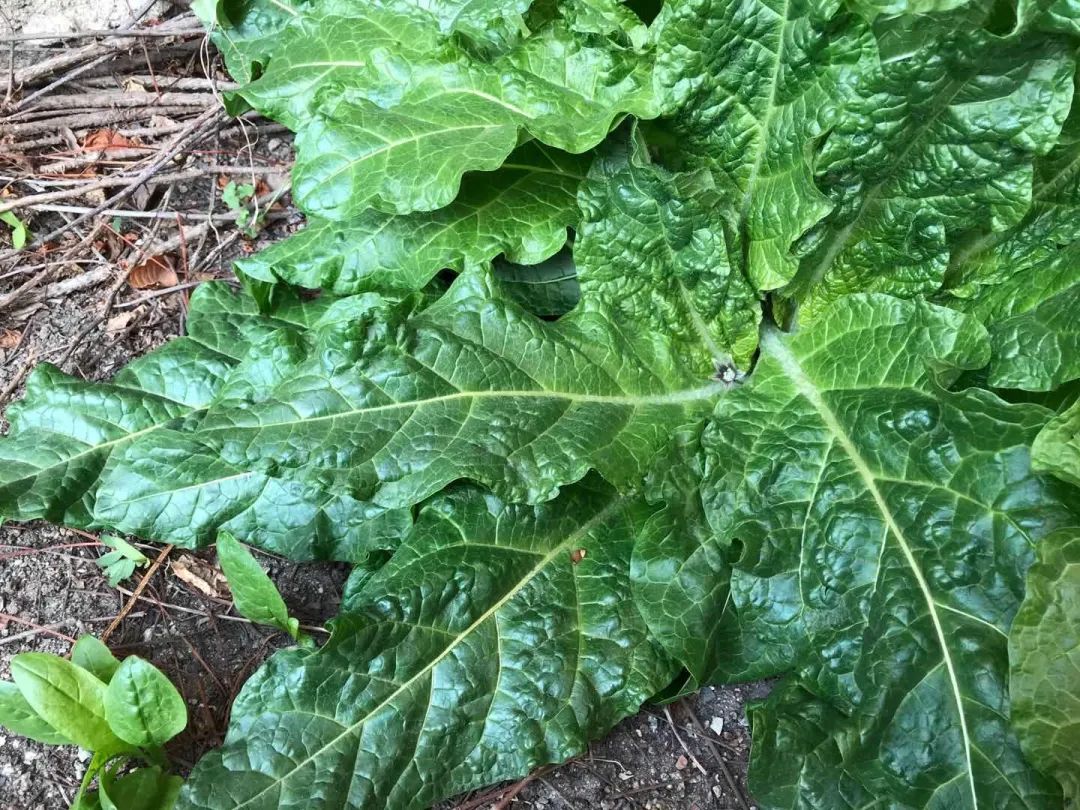
To Europeans, the European Mandrake remains one of the oldest and most magical medicinal plants | Jiangnan Dieyi
Due to transliteration errors between different languages, people often confuse Mandrake (mandragora) with mandala (mandala). However, both Mandrake and other Solanaceae toxins like Datura, Atropa belladonna, and Hyoscyamus niger contain varying doses of scopolamine, atropine, and hyoscyamine. Among them, scopolamine is a hallucinogenic alkaloid that can inhibit the human central nervous system. Ingesting such alkaloids can cause hallucinations and drowsiness, while overdose can lead to respiratory paralysis or even death. Therefore, do not be deceived by their plain or beautiful appearances.
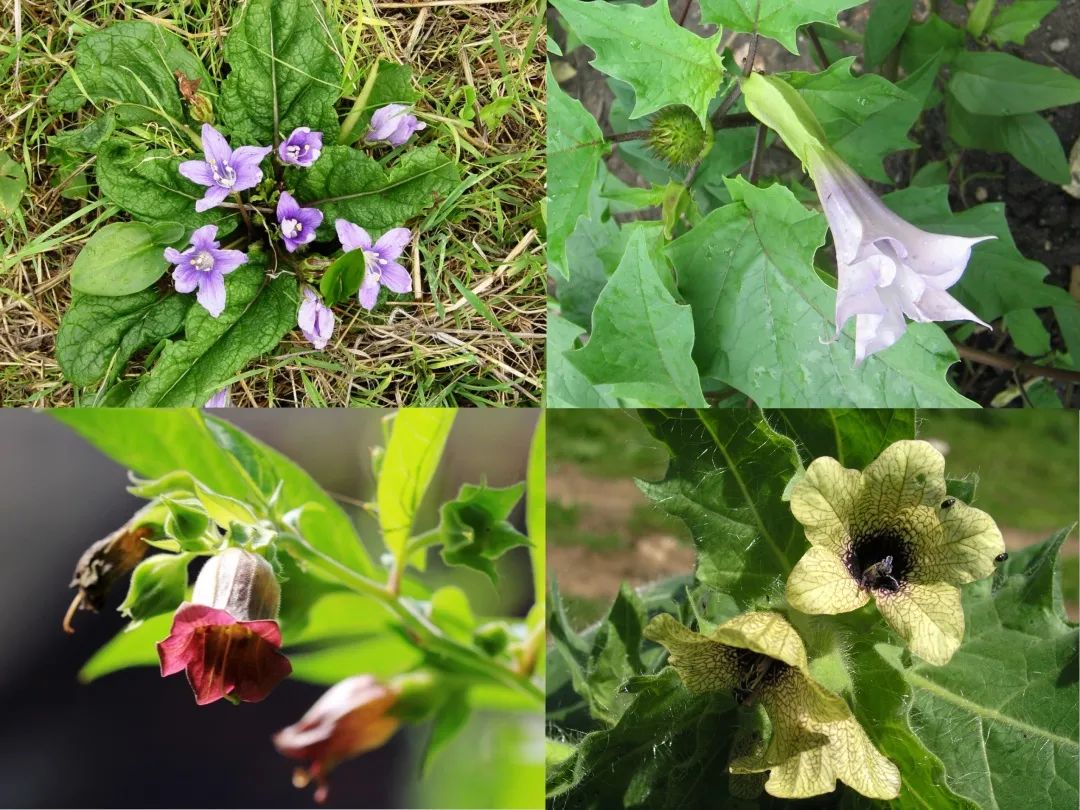
From left to right: Mandrake (M. autumnalis), Datura (Datura stramonium), Belladonna (Atropa belladonna), and Hyoscyamus niger (Hyoscyamus niger) | tato grasso & Taka & Karelj & KB Simoglou / Wikimedia
With the advancement of modern medicine, the alkaloids in the Solanaceae toxins Datura and Belladonna have been harnessed by pharmacologists, transforming them into life-saving medicines. Meanwhile, the ancient and magical Mandrake has gradually faded from the mainstream medical stage, becoming an ordinary toxic plant that shines in European folklore and literary and cinematic works.





